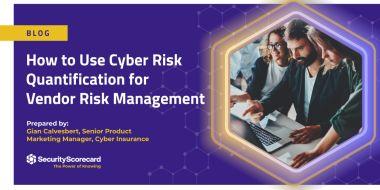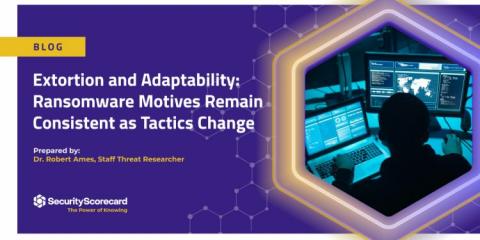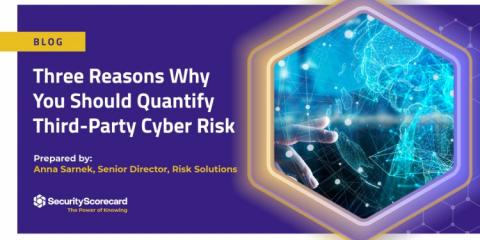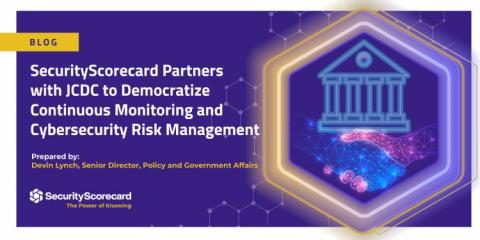Security | Threat Detection | Cyberattacks | DevSecOps | Compliance
SecurityScorecard
How to Use Cyber Risk Quantification for Vendor Risk Management
The purpose of vendor risk management is to strike a delicate balance between facilitating the needs of the business by integrating new vendors and ensuring that those same business partners don’t exceed the organization’s risk appetite. Maintaining a healthy balance between those two interests requires leaders to always consider broader business goals when executing VRM strategies.
Extortion and Adaptability: Ransomware Motives Remain Consistent as Tactics Change
Ransomware has traditionally revolved around the encryption of victims’ files. But even if encryption remains ransomware groups’ most common approach, it isn’t really their priority–extortion is. Financially-motivated cybercriminals care more about extracting payment from their victims than they do about the particular methods used to achieve that goal.
Be The Partner of Choice
Three Reasons Why You Should Quantify Third-Party Cyber Risk
The spotlight on cyber risk quantification (CRQ) has raised its status to the top of the hypercycle, but with fame comes scrutiny and criticism. Security analysts and practitioners debate the validity of each model framework, along with the data used when modeling cyber risk. Despite this debate, there is a unifying consensus that knowing the possible range of the financial impact of a cyber event is far more optimal than flying blind.
Ruthlessly Prioritize
SecurityScorecard Partners with JCDC to Democratize Continuous Monitoring and Cybersecurity Risk Management
Cybersecurity is a team sport, and SecurityScorecard is proud to partner with the Joint Cyber Defense Collaborative (JCDC) to share cyber threat information in defense of public and private critical infrastructure.











